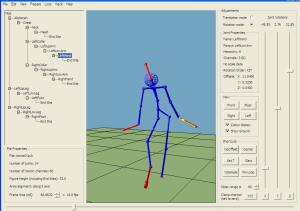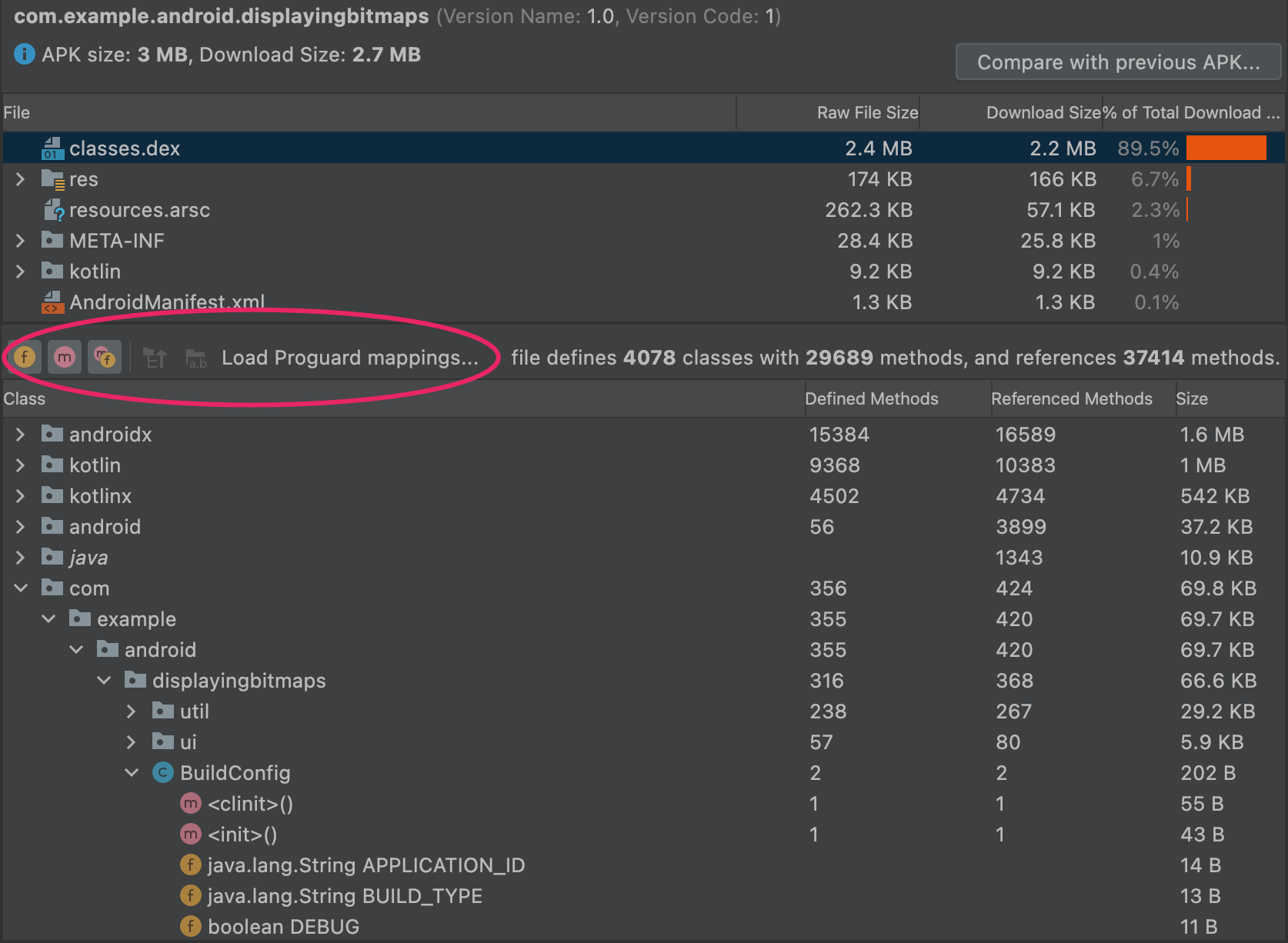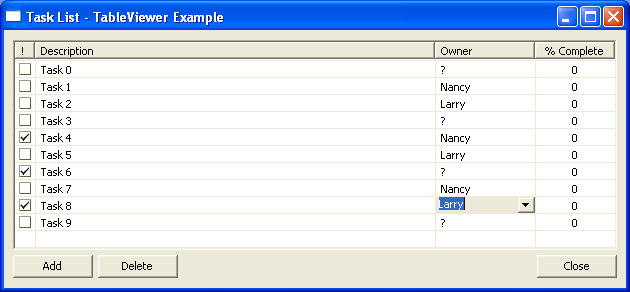

To ensure effective code use, map the FormClosed function to the Form's FormClosed. Specifically, merely opening file without using a fileStream can and does lock the file, and opening file #2, #3, etc, doesn't close the previously opened file(s). Both of these prevents an exception if other processes try to access and/or use the file. We open the fileStream with System.IO.FileAccess.Read and also with System.IO.FileShare.Read.

The fileStream remains open until closed for the next file.

With a fileStream, you can manage the fileStream and open it when needed, and close it when not needed. I've changed your original code to use a fileStream instead of opening the file each time.Īs well, you were using Convert.Int() where intVarName.ToString() works fine.įinally, I ditched the "fileOpen" variable and included "UpdateButtonStatus()" to manage the button(s) being enabled/disabled depending upon the number of pages available, and page being viewed. but like I said - it's just a sample to get started. Nothing new, but I think a lot of things should be added in the future. I hope you enjoyed this sample and this article. The last thing I'd like to add is - I'm more a rookie with C# than a senior or an expert which means I've got a lot to learn. And please, if you have created any great applications, based on this article - post them here and let us have a look. ConclusionĪs this is my first article, I think I shouldn't be judged that much on the spelling, the explanations and the help I'll give as feedback to your questions/remarks/., which are more than welcome. You can check the page navigation buttons, on how they change the current page integer. MyBmp = new Bitmap(myImg,pictureBox1.Width,pictureBox1.Height) Points of Interest Here is the most important part of the code which operates the whole thing. The code in the sample is well commented so I think you'll understand what's meant by what. You use System.Drawing and two Image objects. And I should not forget to add - the sample includes opening the file, showing it in a picturebox and it has two buttons for navigation (next page, previous page) - but this can be changed on a textbox for realtime change. In this sample, you'll meet a few lines of code from GUI+ on how to open and navigate through pages of a multipage TIFF document. Well, this might be just the thing for you. You have multipage TIFFs and you can't afford expensive, but useful libraries. To give this code a tryout - download the example application and use the example TIFF that's in the folder (it's a US Patent *.tiff file).

It's a sample, so you can edit it by your own wishes and it's functionality can be upgraded endlessly. I'll try to show you how to create a simple multipage TIFF, TIF document. This is my first article, so it's not so well written, but I hope you'll get the point.


 0 kommentar(er)
0 kommentar(er)
